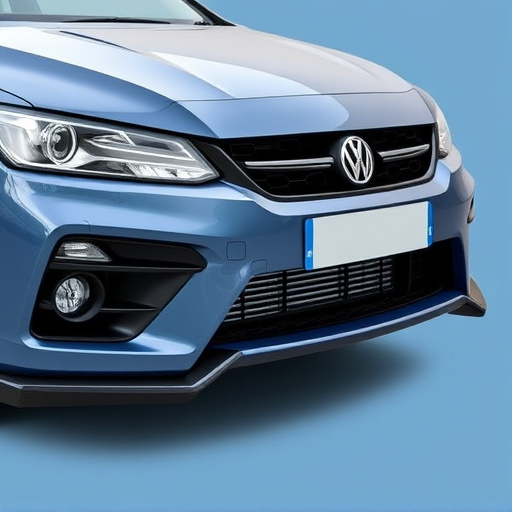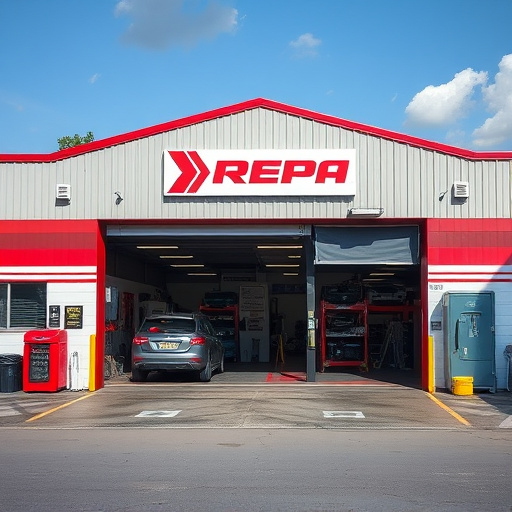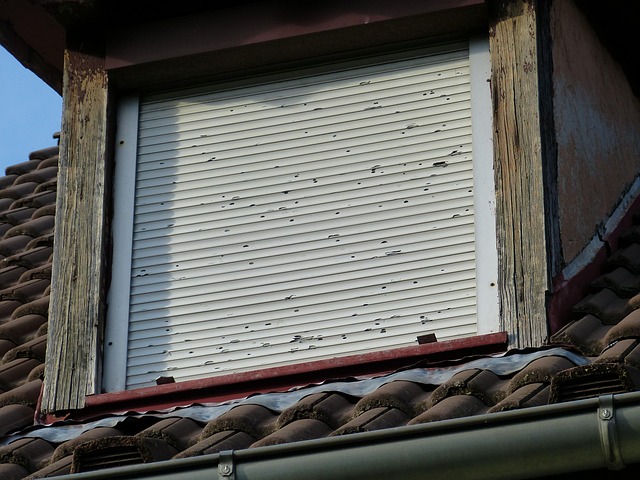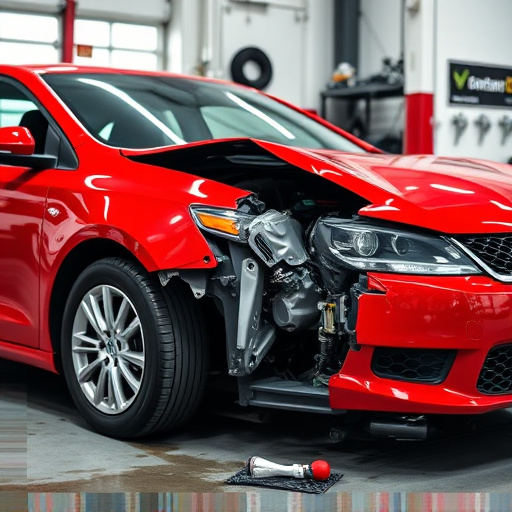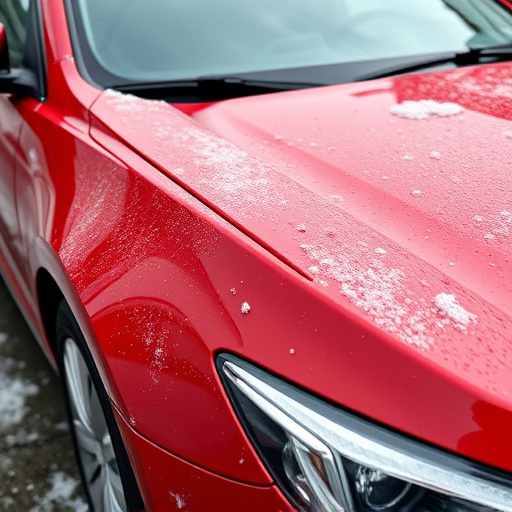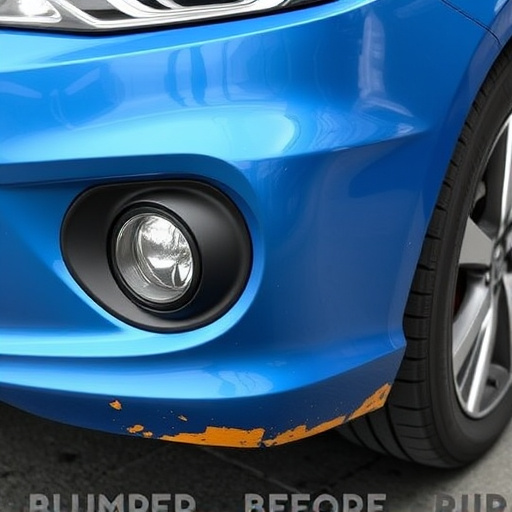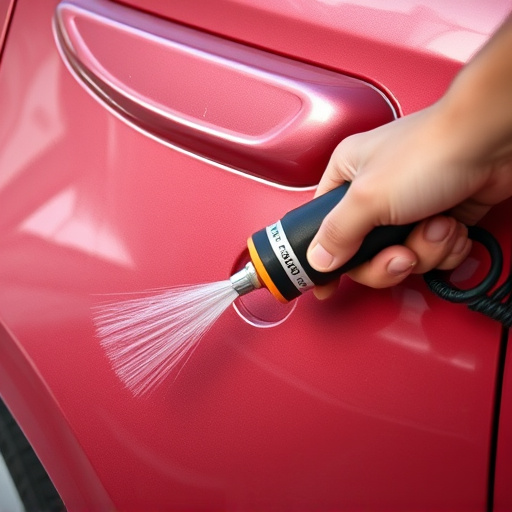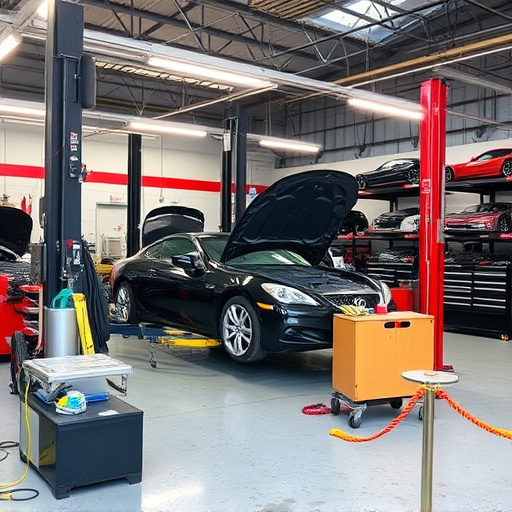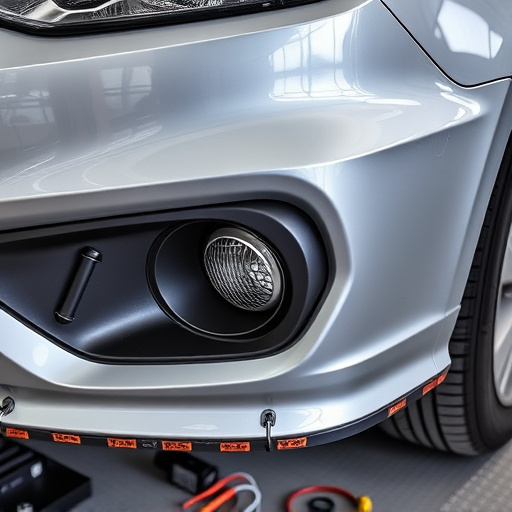Regular inspection and prompt repair are crucial for Tesla charging port maintenance to prevent damage from overcurrent events, external factors, or bodywork issues. Timely replacement with updated models, along with certified equipment and software updates, ensures safe and reliable EV charging.
Tesla owners often encounter overcurrent events while charging, causing potential damage to the crucial charging port. This article delves into understanding these events, exploring common causes like faulty cables or power surges, and offering effective solutions for Tesla charging port repair. Learn how to address and prevent future issues, ensuring your Tesla remains in top shape for efficient and safe charging. Discover the steps towards a robust charging experience with minimal downtime.
- Understanding Tesla Charging Port Overcurrent Events
- Common Causes of Charging Port Damage
- Effective Solutions for Tesla Charging Port Repair
Understanding Tesla Charging Port Overcurrent Events
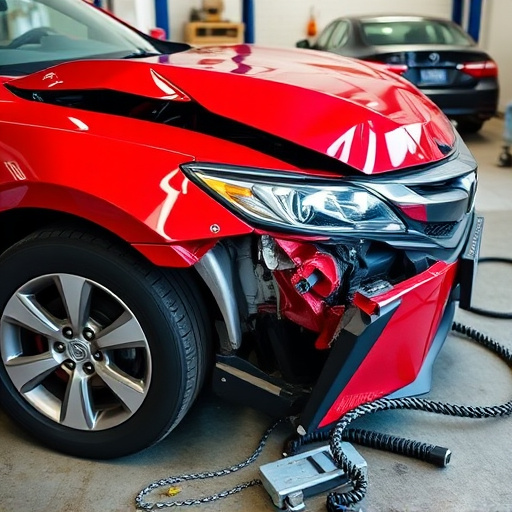
Overcurrent events are a common issue with Tesla charging ports, leading to potential damage and the need for Tesla charging port repair. These events occur when an excessive amount of current flows through the port, often due to improper charging or external factors like a faulty cable or damaged port. The charging port, being a critical component for electric vehicle (EV) owners, is subject to wear and tear, especially in frequent use. Overcurrent situations can cause serious problems, from melting plastic components to internal wiring damage, making prompt action essential.
Regular inspection and maintenance are key to preventing such incidents. Many auto body shops and car body repair experts recommend periodic checks of the charging port and its surroundings. In cases where overcurrent events have already occurred, a thorough car body restoration process might be necessary. This involves not just Tesla charging port repair but also ensuring the surrounding area is in optimal condition, addressing any secondary damage, and restoring the port to its full functionality, providing EV owners with a safe and reliable charging experience.
Common Causes of Charging Port Damage
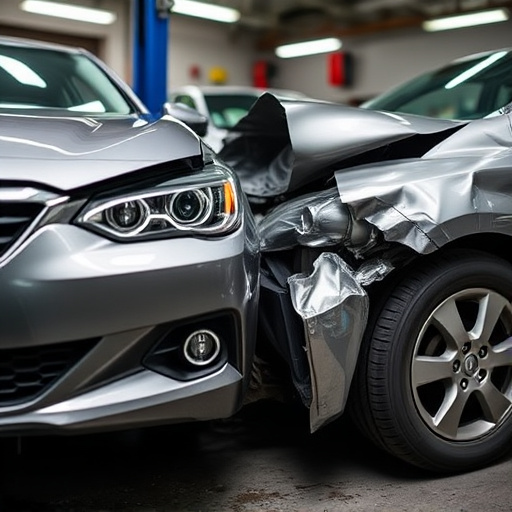
The Tesla charging port, a vital component for electric vehicle owners, is susceptible to damage due to several common causes. One of the primary issues stems from overcurrent events, where excessive electrical current flows through the port, leading to potential burning or melting of the internal components. This often occurs when the charger is not compatible with the vehicle’s specifications or when there’s a malfunction in the charging system.
Other factors contributing to Tesla charging port repair needs include accidental damage, such as impact from keys or other foreign objects, and exposure to harsh environmental conditions like extreme temperatures or moisture. Moreover, improper installation or poor-quality connectors can also result in charging port issues. Car bodywork repairs might be necessary if the surrounding area of the port sustains scratches, dents, or cracks due to frequent use or accidental bumps. Vehicle paint repair could be required if the port’s protective coating is compromised, leading to potential rusting and corrosion. Autobody repairs are thus integral to maintaining the overall health and functionality of the charging port.
Effective Solutions for Tesla Charging Port Repair
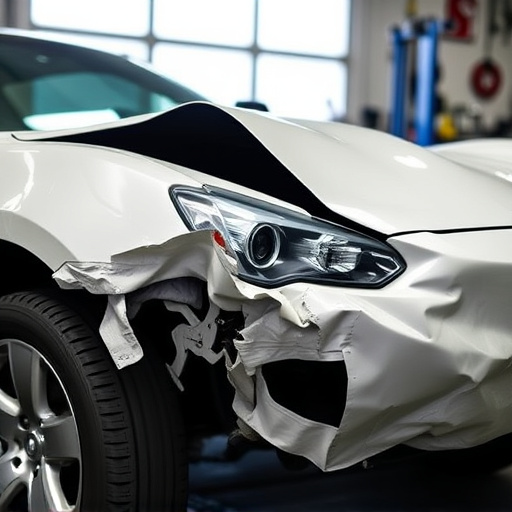
When it comes to Tesla charging port repair, addressing overcurrent events promptly and effectively is paramount. These issues often arise due to the high-power demands of electric vehicle (EV) charging, which can overload the port if not properly managed. The first step in a successful Tesla charging port repair involves identifying the root cause—whether it’s a faulty connector, damaged wiring, or an outdated charging system. Once diagnosed, several effective solutions are available.
For many cases, replacing the charging port is the most lasting solution. Automotive body shops and collision repair services specializing in EVs can perform this task, ensuring the new port is compatible with the latest Tesla models and charging standards. Regular maintenance checks and using certified charging equipment can also prevent future overcurrent events. Additionally, updating the vehicle’s software to include enhanced safety features for charging can significantly reduce the risk of such incidents.
Tesla charging port repairs are essential after overcurrent events, which can be caused by various factors such as damaged cables or faulty connectors. Promptly addressing these issues is crucial to prevent further damage and ensure efficient charging for your Tesla vehicle. Effective solutions include replacing worn-out components, upgrading to more robust connectors, and adhering to best practices for charging maintenance. By prioritizing regular inspections and timely repairs, Tesla owners can maintain the integrity of their charging ports, ensuring a seamless and uninterrupted electric vehicle experience.

